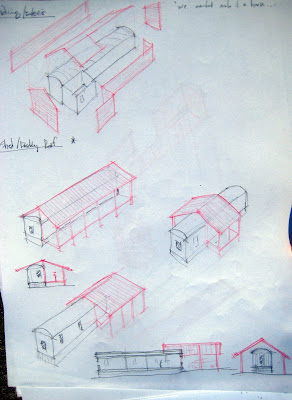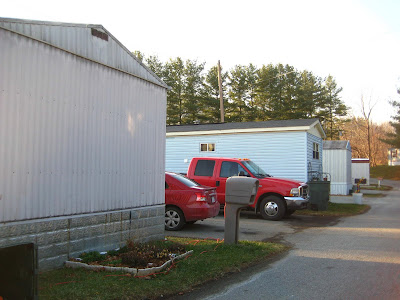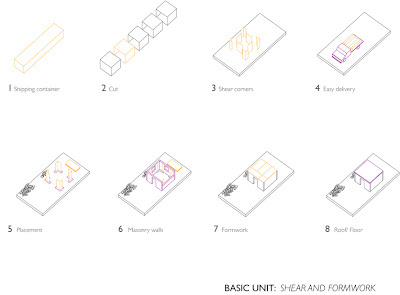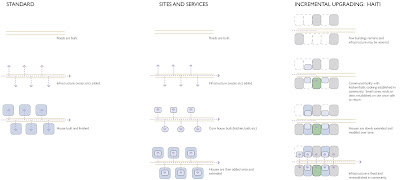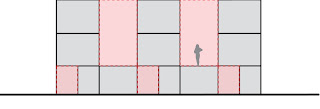WNC Additions: Mary
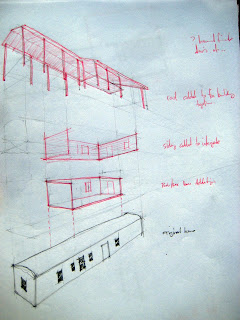
Mary is currently living by herself, as she and her husband are getting a divorce. Originally, in 1984, they had a three bedroom manufactured/mobile home, but got a larger one still with three bedrooms. During this time, they had two daughters. They added a pool/workout room that now serves as a play space for the grandchildren. Unfortunately, it does not have a heat source and stays closed off in the winter. During this time, they also put a new roof on because they old one leaked. They expanded their porch and began to re-side the entire house. As Mary said, “We wanted to make it into a house.” Two years ago, they remodeled the kitchen. There were plans to remodel the rest of it, but those are on hold because of the pending divorce.
